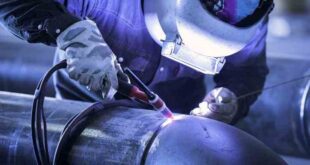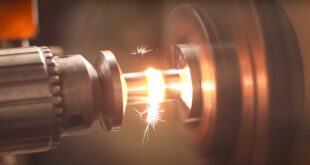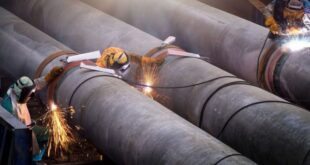Microstructural Zones of Welds: A Deep Dive Introduction In the world of metalworking and fabrication, welding is a fundamental process that joins two or more pieces of metal together. While the act of welding might seem straightforward, a closer look reveals a complex world of microstructures within the weld area. …
Read More »What Is Inertia Welding?
What Is Inertia Welding? Introduction Inertia welding, also known as rotary friction welding or flywheel welding, is a solid-state welding process that joins two metal workpieces through the application of rotational and axial forces. It utilizes the principle of generating frictional heat at the joint interface to create a metallurgical …
Read More »Welding in the Oil and Gas Industry
Welding in the Oil and Gas Industry Introduction Welding plays a crucial role in the oil and gas industry due to its importance in the production and transportation of energy resources. The sector heavily relies on welding to ensure the integrity and reliability of various structures and equipment. Without welding, …
Read More »How To Become CSWIP 3.1 Welding Inspector?
How To Become CSWIP 3.1 Welding Inspector? Introduction CSWIP 3.1 certification is a globally recognized certification scheme for welding inspectors developed by the Certification Scheme for Welding Inspection Personnel (CSWIP), which is a division of TWI Ltd. This certification is considered to be a standard for welding inspection and is …
Read More »NDT Non-Destructive Testing
NDT Non-Destructive Testing Introduction Non-Destructive Testing (NDT) is a group of techniques used in science and industry to evaluate the properties of a material, component or system without causing any damage to it. This means that the inspection process does not alter or affect the material or component in any …
Read More » Welding of Welders All about Welding and Welders
Welding of Welders All about Welding and Welders




